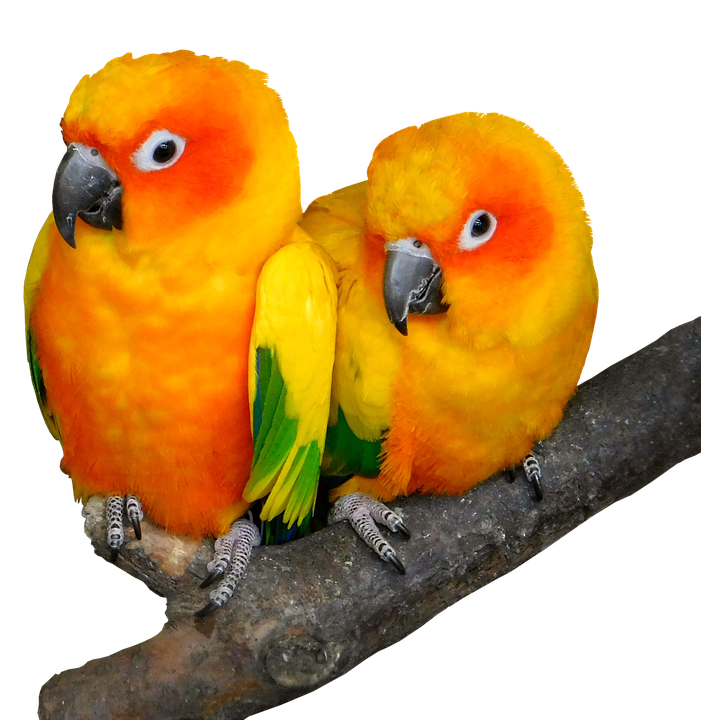Parrot behavior can vary significantly, and each bird requires unique training methods to promote mental stimulation and positive behavior. Target training is an effective technique that encourages parrots to engage in desired actions, leading to enhanced communication, trust, and mental enrichment. In this article, we will explore the benefits of target training for parrots and provide valuable insights on how to get started.
Benefits of Target Training for Parrots
1. Enhanced Communication: Target training enables parrots to understand and respond to specific cues, fostering effective communication between the bird and its owner. This allows for better understanding of commands and facilitates a deeper bond between the parrot and its caregiver.
2. Mental Stimulation: Parrots are highly intelligent creatures that require mental stimulation to prevent boredom and associated behavioral issues. Target training provides mental enrichment by engaging the parrot in a task that requires focus, problem-solving, and learning.
3. Positive Reinforcement: Target training relies on positive reinforcement, where the parrot is rewarded for correctly responding to the target. This positive association motivates the bird to actively participate in the training process and encourages the development of desired behaviors.
4. Reduction of Undesirable Behaviors: By providing an alternative outlet for their energy and intelligence, target training can help to reduce undesirable behaviors such as excessive screaming, biting, or destructive tendencies. It redirects their attention to more constructive and engaging activities.
Getting Started with Target Training
1. Choose the Right Target Stick: Selecting an appropriate target stick is crucial for successful training. Opt for a stick that is easily distinguishable from the parrot’s environment, such as one with a bright color or unique shape. Ensure the stick is safe and does not pose any potential harm to the bird.
2. Introduce the Target Stick: Initially, introduce the target stick to the parrot by presenting it near them without any expectation of interaction. Allow the bird to familiarize itself with the stick’s presence and observe its natural curiosity.
3. Associate the Target with Rewards: Begin the training process by associating the target stick with positive reinforcement. Whenever the parrot shows any interest or interacts with the stick, reward it with a small treat, verbal praise, or a gentle head scratch. This creates a positive connection between the target stick and the reward.
4. Shaping Desired Behaviors: Gradually, start shaping desired behaviors by moving the target stick slightly further away and rewarding the parrot for moving towards it. As the parrot becomes more comfortable, increase the difficulty by requiring it to touch the stick with its beak or foot before receiving the reward.
5. Consistency and Patience: Consistency and patience are essential when training parrots. Set aside regular training sessions, preferably short and frequent, to maintain the parrot’s interest and avoid frustration. Each session should end on a positive note, ensuring both the bird and the trainer stay motivated.
Frequently Asked Questions (FAQs)
Q1: Can any parrot be trained using target training?
A1: Yes, target training can be used with various parrot species, regardless of their age or previous training experience. However, it’s important to adapt the training techniques to suit the individual bird’s personality and needs.
Q2: How long does it take for a parrot to learn target training?
A2: The learning process varies for each parrot. Some may quickly grasp the concept within a few sessions, while others may require weeks or even months to fully understand and respond consistently. Patience and perseverance are key during the training journey.
Q3: Can target training be used to correct behavioral issues?
A3: Target training primarily focuses on teaching new behaviors rather than correcting existing issues. However, by providing mental stimulation and redirecting the parrot’s attention, it can indirectly help in managing and reducing undesirable behaviors.
Q4: What if my parrot is afraid of the target stick?
A4: If your parrot displays fear or reluctance towards the target stick, pause the training and focus on desensitization. Gradually introduce the stick from a distance, rewarding the parrot for any positive response. Take it at the bird’s pace, ensuring it feels comfortable and safe throughout the process.
By implementing target training techniques and patiently working with your parrot, you can create a rewarding and enjoyable training experience. Remember to adapt the training to suit your bird’s unique needs and provide ample mental stimulation to foster a happy and well-behaved parrot.









